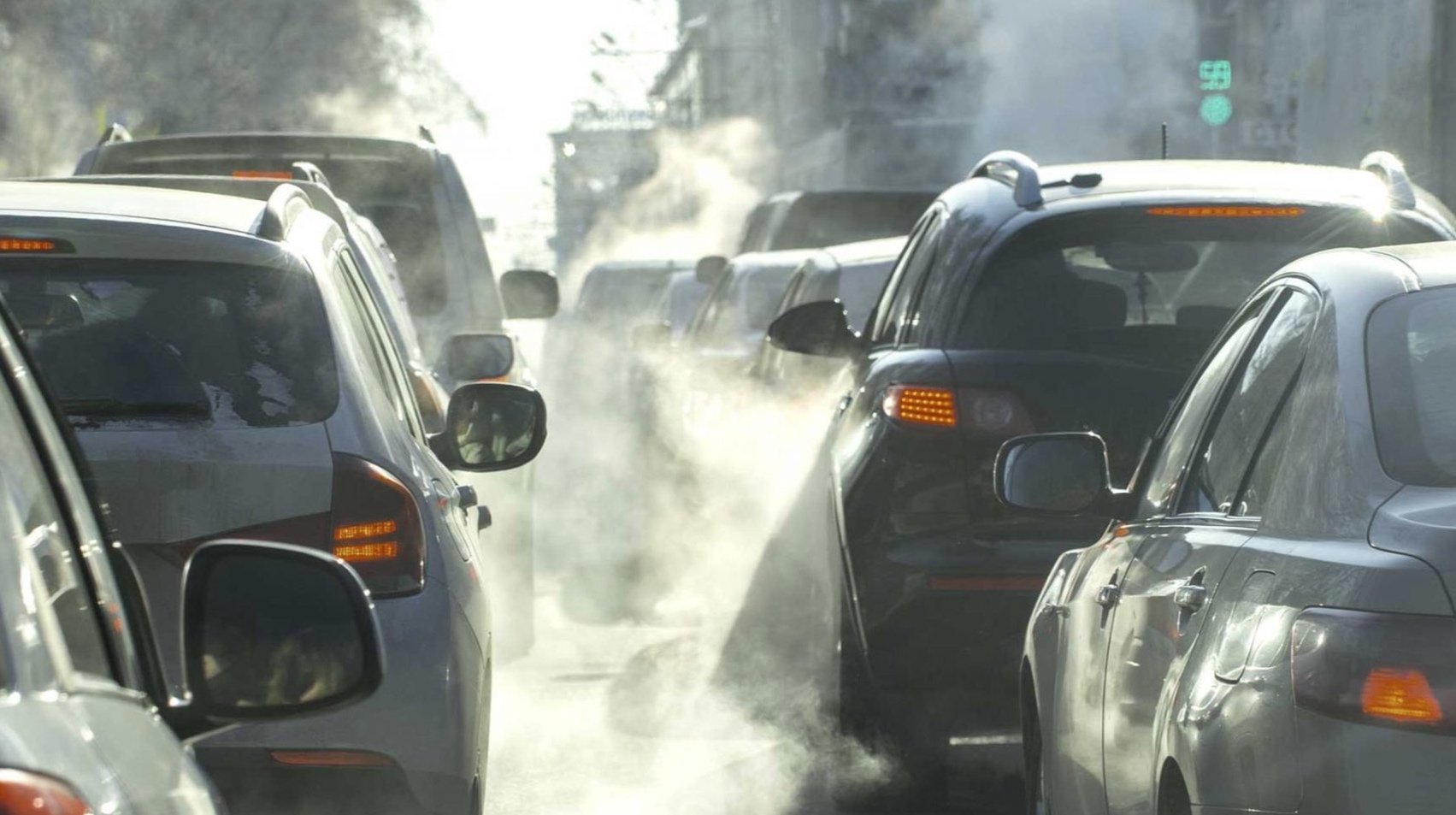
Cars are the worst contributors to climate change.
Reducing driving is our best chance at a sustainable future.
Private cars are the single worst contributor to Climate Change
Data from multiple sources demonstrate that transportation is the largest source of carbon emissions, and light-duty private vehicles are the largest emitters within the transportation sector. Between the two, cars and trucks produce over 80% of all transportation emissions. The private cars of just Texas, alone, are responsible for 0.5% of all planetary carbon emissions. SUVs are the second-biggest contributor to climate change, and if just SUVs, no other type of car, were their own country, they’d be the sixth-largest polluting nation on earth. As such, adding just a single highway lane-mile can increase emissions by up to 4000 tons of carbon per year from the additional roadway maintenance and trips generated. The only way that cars could be worse for the environment is if they were coal-powered. Oh, wait, they already are.
Electric cars will not improve this, as they divert emissions over to electricity generation, the second-worst sector for carbon emissions. The scientific literature is conclusive: “betting solely on EVs [would add] half of national electricity demand and [require] an excessive amount of critical materials…. [E]lectrification is not a silver bullet…. There is therefore a need for a wide range of policies that include measures to reduce vehicle ownership and usage,” and “[o]nly by reductions in the convenience of car travel or large increases in its monetary costs can large and sustained reductions in travel greenhouse gas emissions be produced.”
Cars also pollute the local environment
Cars aren’t just bad for the planet, they’re bad for local communities. Highways are rivers of pollution throughout the country, and tire wear creates toxic chemicals and particulate dust. In fact, tire pollution is a major source of runoff pollution and marine microplastics. Because Electric Vehicles are much heavier, EVs wear out tires faster than regular cars and may be even worse for the environment than regular cars. Tire pollution is directly harmful to local communities, and multiple studies have linked tire chemicals and brake pad dust to salmon and trout die-off events.
More notably, living near major roadways and highways dramatically increases your likelihood of asthma, cardiovascular disease, reproductive and endocrine diseases, and fertility issues. Highways also increase exposure to chemical pollutants like nitric oxide, carbon monoxide, ozone, and volatile organic compounds (all of which are associated with premature death), and this pollution disproportionately affects poorer communities. Even the sound of traffic is a concern: road noise is called a “public health threat”. Excess noise exposure not only causes hearing loss, it leads to stress, cardiac issues, and hypertension, and people that grow up near loud roads have shorter attention spans, worse sleep, and behavioral problems.
Transit is much less polluting
The single best way to reduce automobile pollution is to drive less. The COVID-19 Lockdown in India demonstrated that pollution could be abrogated by reducing driving. Santiago, Chile has mitigated air pollution by placing restrictions on driving. When cars were banned from Times Square, New York, local nitric oxide emissions plummeted immediately.
In contrast to road transit, all rail, both freight and passenger, produces only 2% of transportation emissions, despite carrying almost 30% of US freight. Trains also produce less carbon dioxide, less nitric oxide, and less particulate pollution than trucks. Rail even reduces car traffic, as each freight train has the capacity of over 300 trucks, and each Amtrak train takes 175 cars off the road each day (assuming 1.5 people per car). Even at current ridership and with existing (outdated and underinvested) technology, Amtrak is three times more energy efficient than private automobiles. As such, besides walking or cycling, Rail is the most environmentally form of transportation.


